The mystery of the double cloth
Artefact of the month – January 2022
The stories related to the artefacts of the month are important. When the first museum items were being collected, their stories were not recorded in the same way as they are now. That is why the artefact data may only indicate the location where the item was acquired, for example. As researchers, our job of trying to unearth stories of artefacts can be fascinating. This “täkänä” double cloth from Kurikka, which was selected as the artefact of the month for January, is shrouded in a mystery that I have yet to solve. The cloth is red and white, so I assume it is a marital double cloth. However, I have been unable to find the initials on the double cloth among the married couples in the church records.
Keys to the mystery
The double cloth was purchased for the museum collection in 1933 from primary school teacher Erkki Korri, who lived in the Kuurila village of Kylmäkoski. At the time, Korri sold a total of five items to the museum at once; the museum’s record entry reads “purchased items from Ostrobothnia.” Kurikka has been specified as the location where the double cloth was obtained. The main record provides another important detail by indicating that the cloth was owned by mistress of the house Maria Plosila. No other information on her has been recorded.
In the 19th century, initials and years began to be added to double cloths made in Southern Ostrobothnia. Double cloths were included in dowry chests by peasant families.
For this reason, I assume the double cloth to be a marital one and the letters to be the initials of the betrothed. The cloth even provides an exact date 7/4/1839, which I assume to be the date of the wedding. I believe that the date was 7 April as the day was a Sunday, which was the most common day for marriage until the 1950s. Even though the beginning of July would sound like a good wedding date, it was a Thursday in 1839.
The double cloth features six letters: K, A, E, L, I, T. Whose are these initials? The patterns woven into the double cloths were specific to houses and towns, which is why they were strongly connected to local identities. I could easily connect the bright red and white colour scheme to a joyous family event celebrated in the spring.
History of double cloths
Täkänä double cloths are among our oldest traditional textiles. Their origins have been sought from the centre of caravan trade in Palmyra, Syria and even further from China. It has been hypothesised that people in the Nordic countries knew how to weave double cloths as early as in the Viking period, but there is no evidence of this. The oldest surviving double cloths are from 12th- and 13th-century Sweden (Jämtland, Härjedal) and Medieval Norway (Tröndelag). They were all found in churches, and the patterns feature geometric animal figures.
In the Finnish region, double cloths have been made since the 14th, 15th and 16th centuries. They were woven in monasteries for ritual purposes and in upper-class homes, castles and manors to serve as utility and export items.

The oldest surviving double cloth in Finland is the altar frontal of the Marttila Church (H2362:5), which is part of the National Museum of Finland’s collection and has been dated back to the Middle Ages. The cloth is made of wool and features a base divided into squares adorned with exotic animal figures: yellow lions on red background and red griffins and eagles on a yellow background. A stylised vine pattern runs along the bottom edge.
In the 17th century, mentions of Finnish double cloths start becoming scarcer and vanish entirely in the 18th century. At the same time, however, double cloths were being made across the rest of Europe and the Nordic countries without interruption.
In Finland, the weaving of double cloths re-emerged in 19th-century Southern Ostrobothnia, where the craft gained a strong foothold thanks to the skill and large number of professional weavers. The new weaving text books published early in the century also contributed to the increase in popularity. Moreover, double cloths rose to a prominent position partially due to the fact that weaving wall cloths and rugs was not very common in Ostrobothnia.
Double cloths were used as bed covers, tablecloths and, at the end of the 19th century, wall cloths. In terms of their colour schemes, the common double cloths were red and white, blue and brown, black and green and, at the end of the 19th century, usually red and black. In the late 19th century, weaving schools spread the skill of weaving double cloths to the rest of Finland all the way to Karelia.
Weaving technique and motifs
Täkänä double cloths feature two layers, meaning that they consist of an upper and lower fabric that switch places at the position of the figure. In other parts, the fabrics are separate, which forms cavities in the cloth. Every weft of the double cloth is picked separately with a stick, which means that the weaver can devise figures rather freely. The pattern is drawn on squared paper and matched to the yarn count of the warp. The pattern is adhered to by counting the yarns. Double cloths normally use a form of single weave, the most common of which is plain weave. Different weaves can also be used in the upper and lower fabric.
Traditional double cloths used among the common folk were usually made of wool yarn coloured with natural dyes. The schemes were mostly made up of two colours: white or black was often married with a brighter, more clearly visible colour. In the double cloth from Kurikka, the red yarn is wool while the white yarn is cotton.
In the 19th century, double cloths were large covers consisting of two pieces joined together with a middle seam. Joining the two pieces together required the weave to be extremely precise. Looking at the double cloth from Kurikka, it is evident that the patterns do not always align accurately.
In the early 19th century, geometric motifs, such as stylised crosses, stars and intermeshed lines, were popular in double cloths. Neo-romanticism later in the same century made plant-related patterns commonplace. The patterns and motifs of Ostrobothnian double cloths were similar to the damasks and drills of the era. Judging by the pattern structure, the double cloths from Southern Ostrobothnia were made on a drawloom.
Double cloths made by professional weavers
Setting up a double cloth on a loom and picking patterns from the two layers of fabric takes time, precision and skill. That is why the oldest double cloth weavers are believed to have been professional weavers. Weavers mainly learned the skill through work and by observing older experts. In Kurikka, there were also some men among the proficient weavers.
Yet, there were some masters who did not want to reveal their secrets to other weavers. Samuli Paulaharju (1875-1944), a writer and folklore collector from Kurikka, writes the following in his book Härmän aukeilta published in 1933:
The täkänä cloths were beautiful illustrated bed covers only seen in the chambers of gentlefolk. An old lady from Kauhava once came to Rintakangas to weave some but was conceited enough to never work within sight of laypeople; she always happened to get a headache and had to rest her head on the loom. The only one allowed to watch was the 12-year-old Sanna-Valpuri from Kattelus, since who cares about what children do, I suppose. Still, the little one watched closer than the old weaver from Kauhava realised and hopped on the loom to whip up a double cloth of her own once the old lady was gone. And so the village learned how to make double cloths.
Paulaharju had an appreciation for double cloths, understanding that they took skill to weave. In his book Rintakyliä ja larwamaita, Kurikan wanhaa elämää from 1943, he talks about a double cloth woven by Tyyne Larva-Reinikka.

If any reader happens to solve the mystery of the initials, I would be more than happy to add the names of the married couple here in the double cloth’s details.
Sari Tauriainen
Sources:
Böök Kaisa 1976. Täkänä. Suomen kansankulttuurin kartasto 1. Aineellinen kulttuuri. SKS:n toimituksia 325.
Jantunen Sari 2020. Täkänä. Perinteinen käsityötekniikka. Suomen käsityön museon verkkoartikkeli.
Pylkkänen Riitta 1974. The Use and Traditions of Medieval Rugs and Coverlets in Finland. Suomen muinaismuistoyhdistys. Helsinki.
Paulaharju Samuli 1932. Härmän aukeilta. WSOY. Porvoo.
Paulaharju Samuli 1943. Rintakyliä ja larwamaita. Kurikan wanhaa elämää. WSOY. Porvoo.
Silpala Elsa 1995. Kantahämäläiset vuodetekstiilit. Hämeen ammattikorkeakoulu, julkaisu B:3. Hämeenlinna.
Vuorela Toivo 1977. Suomalainen kansankulttuuri.


-
2024
-
2023
-
2022
-
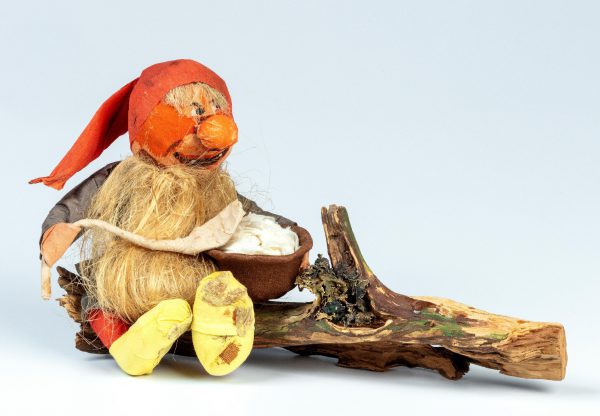 Elves
Elves
-
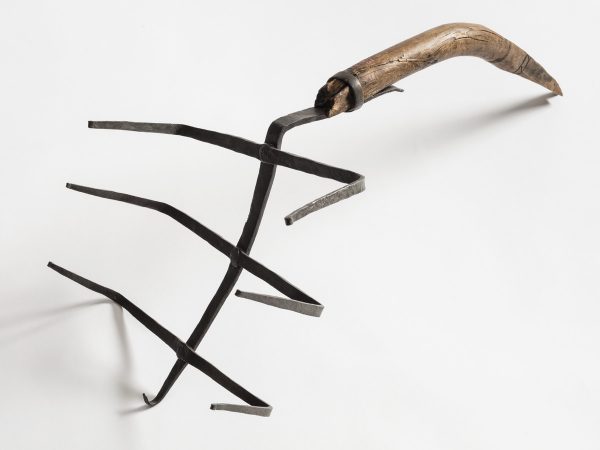 Fire rack and gig
Fire rack and gig
-
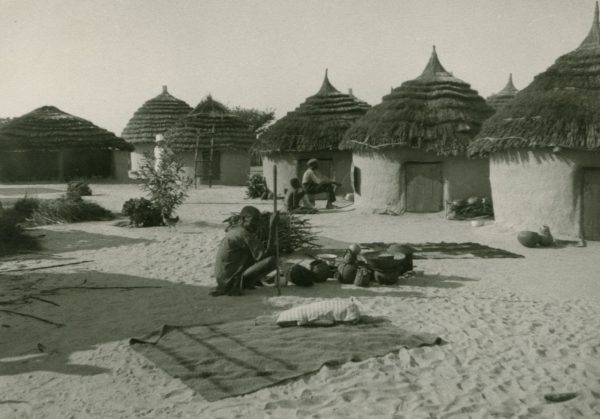 Ndonga-language hymn book
Ndonga-language hymn book
-
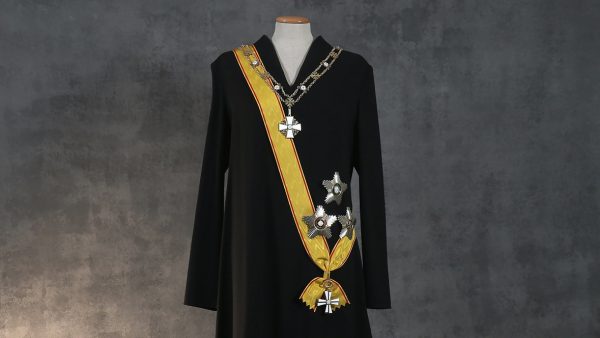 President Tarja Halonen’s inaugural attire
President Tarja Halonen’s inaugural attire
-
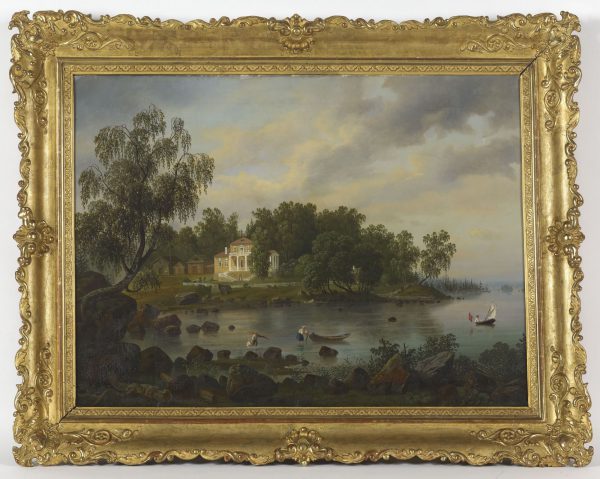 Landscape paintings from Vyborg
Landscape paintings from Vyborg
-
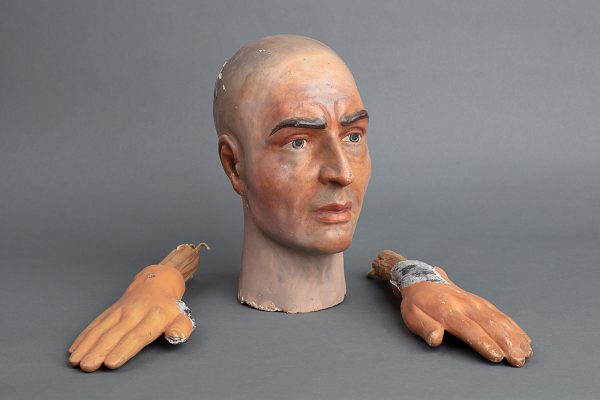 Matti Haapoja – From a piece of string to a leather patch of skin
Matti Haapoja – From a piece of string to a leather patch of skin
-
 Lightship Kemi’s commuter boat
Lightship Kemi’s commuter boat
-
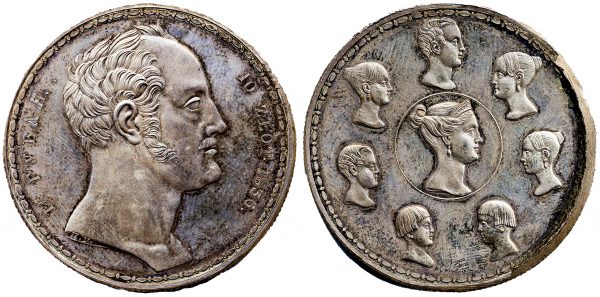 Family rouble 1836
Family rouble 1836
-
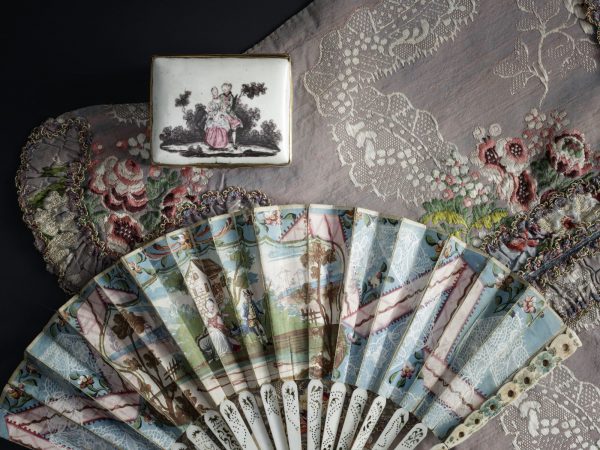 Snuff and patches
Snuff and patches
-
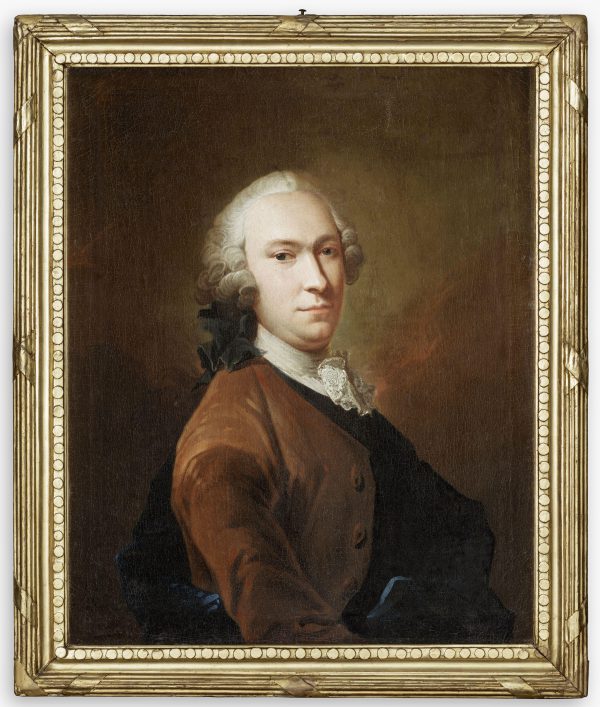 A new addition to Isaac Wacklin’s oeuvre
A new addition to Isaac Wacklin’s oeuvre
-
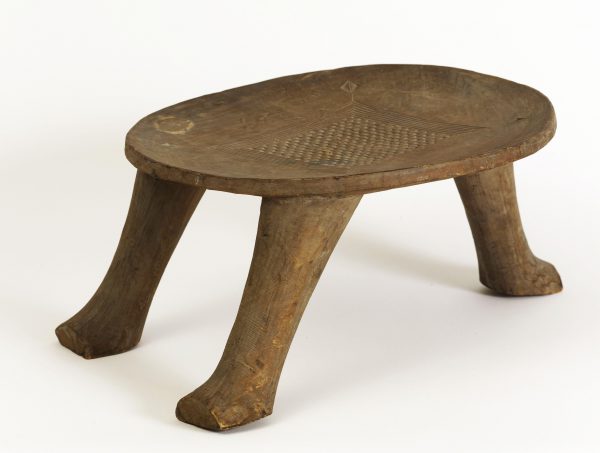 Kataklè stool’s journey from Dahomey via Paris to Helsinki
Kataklè stool’s journey from Dahomey via Paris to Helsinki
-
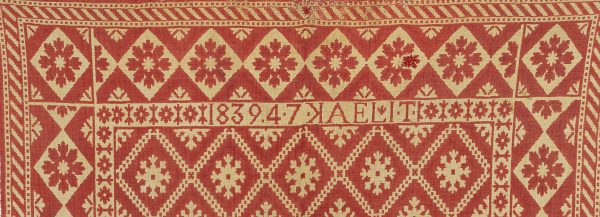 The mystery of the double cloth
The mystery of the double cloth
-
-
2021
-
2020
-
2019
-
2018